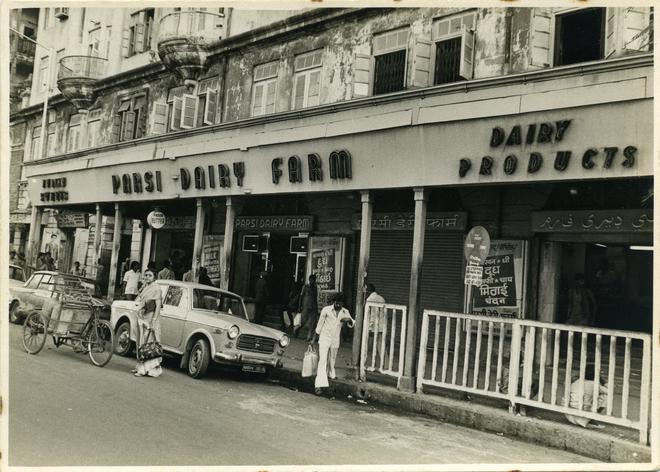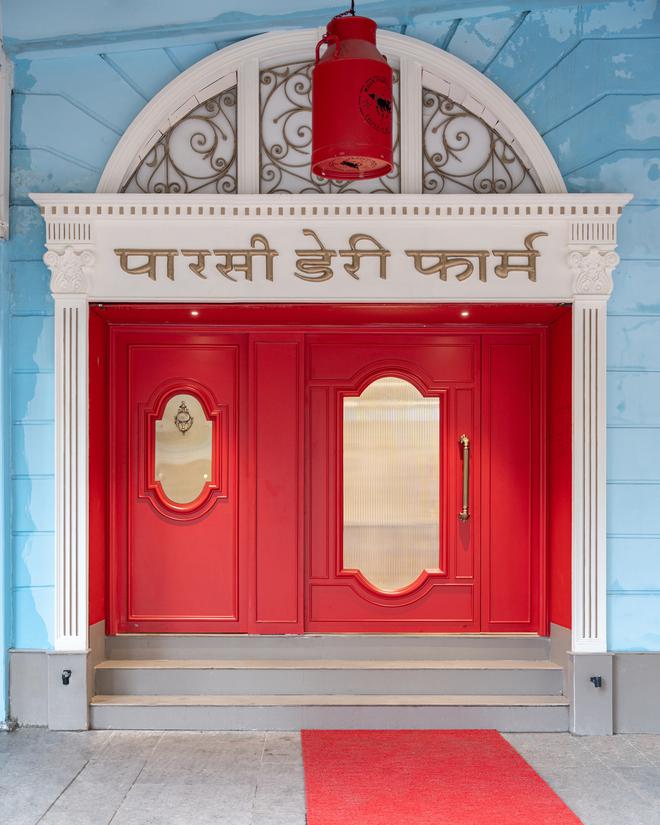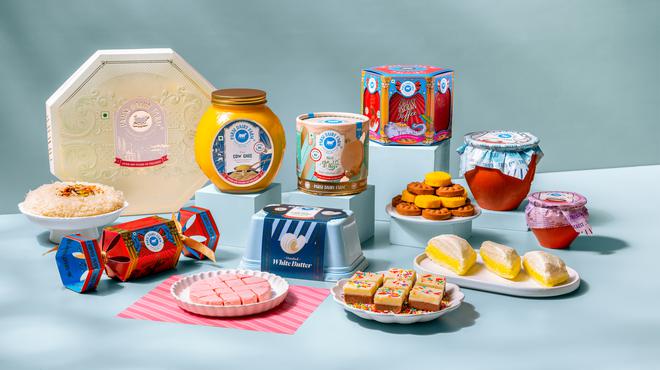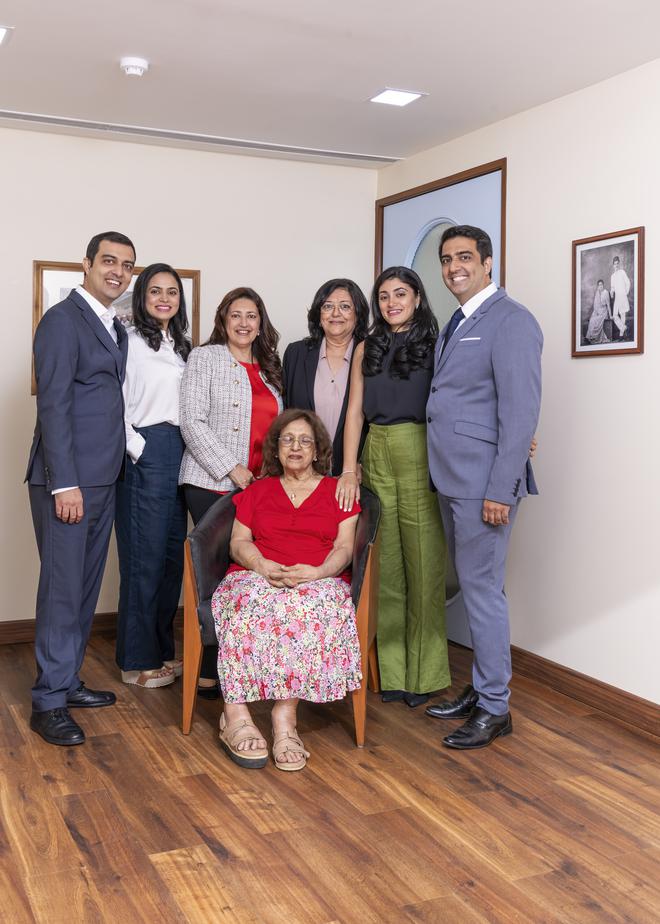
Zeenia K Patel has a distinct memory of her elder cousin brother Bakhtyar K Irani sneaking inside one of the backrooms of the Parsi Dairy Farm (PDF) and getting chocolate chips for her and her siblings to share. “He would pretend that only he knew where to get them, making us wait outside a closed door. A year or two later, he lost his power when we realised we all could go inside and get them on our own!” she chuckles at the memory, while her sister Parvana S Mistry recalls fondly the sweet smell of fried jalebi from their karkhana (factory) across the road.
Zeenia (36), Parvana (35) and their cousins Bakhtyar (41) and Sarfaraz K Irani (38) are the great-grandchildren of Nariman Ardeshir, the Parsi gentleman who opened the iconic Parsi Dairy Farm at Princess Street in South Bombay in 1916 with — as legend has it — a single can of milk. The fourth generation of the family — Zeenia and Parvana’s mother, Meheru K Patel and Sarfaraz and Bakhtyar’s mother Shernaz K Irani, are sisters, who grew up listening to stories about their great grandfather and how he started the business, which continues to be one of the few single family-owned brands in the country.

“Mr Ardeshir lost his father very early in life and had to learn to make ends meet from a young age. He grew up around the Kalbadevi and Princess Street area and café owners would sometimes ask him to sit on the galla (payment counter) on their behalf whenever they wanted a break. That is where he picked up his entrepreneurial skills,” Bakhtyar recounts the tale told to him by his grandfather. “I’ve also heard that he supplied lemonade to the armed forces during World War II,” he adds.
What started as a family dairy shop tucked away on a busy Bombay street 107 years ago grew to become a household name with a generational legacy that stood for purity, quality and flavour. Men in blue and khaki uniforms with the PDF logo of the buffalo were at one time a familiar sight in the city, ringing the bell first thing in the morning to deliver milk to the patrons. The PDF farms, spread over 300 acres in Talasari on the outskirts of Maharashtra, continue to breed livestock for the milk needed for their ghee, paneer, Indian mithais, kulfis, yoghurt and more.

Which is why, when the fourth generation of the family decided to give the physical store and the packaging a new look and feel, a lot of thought and research went into it. “We have worked in and around the business for almost 20 years now and have dedicated the last couple of years to understanding our target audience and where we want to take our business. We are all at that age where we can push more and take the brand to the next level,” says Zeenia, who is overseeing the branding and marketing.
Amidst the dull brown and grey of the adjoining shops and buildings, the bright red door and the blue paint on the walls of the newly-revamped PDF can be easily spotted even from hundred metres away. Step inside and you would be forgiven for thinking you are at Willy Wonka’s chocolate factory, except that this stocks ‘dairy and delights’, as Zeenia puts it. Black and white photographs of some of the brand’s cherished past take up one part of the corner wall even as your eyes are drawn towards the glass counter displaying Indian mithais such as raspberry khopra pak, piped jalebi, bundi laddoo, kaju katli and their famous sutarfeni (a Gujarati sweet) among others.

Stacked in corners are colourful boxes to pack the crowd favourite kulfis that are available in eight flavours. Some of the repackaging also includes renaming their ‘milk drop toffees’ to ‘the great Indian toffee’ and designing user-friendly ghee jars that tilt so that even the last few drops of the rich, granulated ghee can be scooped out with ease. In addition, they have introduced two new products including a chai masala and a milk masala and plan to come up with a variety of cheeses soon.
Parvana, who has done a course in French cuisine and patisserie from the Le Cordon Bleu and is looking after the production at PDF, says that they have a treasure of traditional recipes handed down to them which has been systemised in order to scale up and reach a larger audience. “We don’t add any preservative or artificial flavourings. We have also not changed some of the traditional techniques, which includes making curd in earthen pots,” she adds.
It is with this blend of tradition and modernity that the four hope to retain their loyal customers as well as appeal to the younger generation. “Just a few days ago, I was telling a customer that I am from the fourth generation of the family that owns this place and he told me that he is from the fourth generation from his family to be buying our products!” guffaws Bakhtyar.
Parsi Dairy Farm products are available in retail stores across Mumbai, Pune, Delhi, Bengaluru, Chennai, Vapi, Bhavnagar, Surat, Kolkata, Guwahati, Aurangabad and Nagpur. Online, they are available on Amazon, Bigbasket, Jio mart, Swiggy and Zomato.







